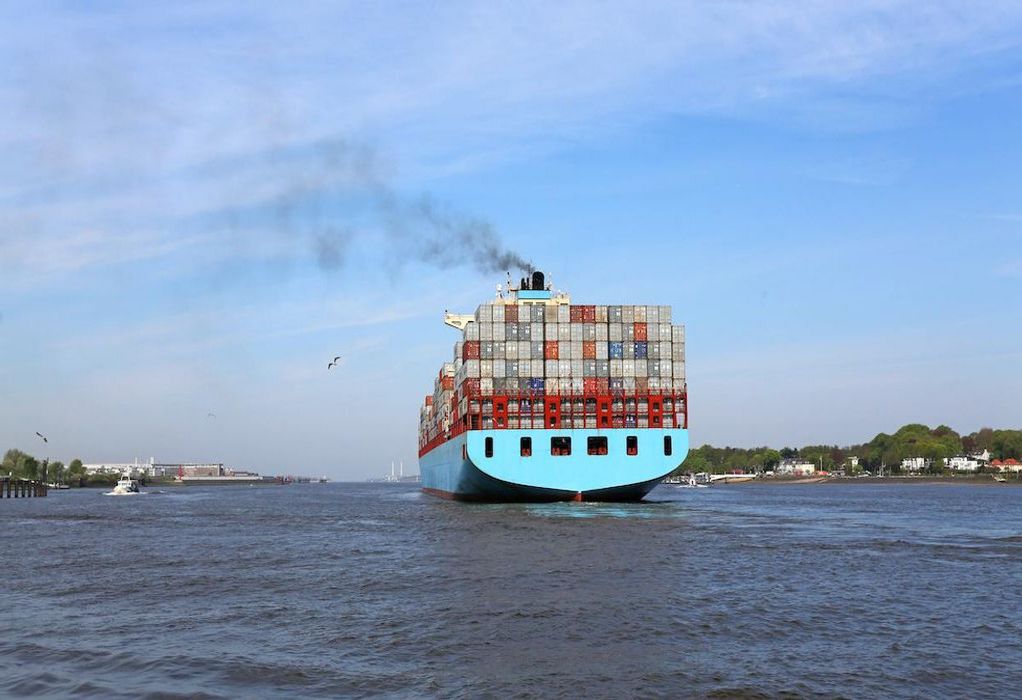Two ports in the Baltic Sea have implemented port collaboration solutions to reduce waiting times, fuel consumption and carbon emissions.
Millions of tonnes of cargo are handled annually at the Port of Gävle – the largest logistics hub in northern central Sweden – and Rauma in Finland.
‘EfficientFlow’, a project trialled and co-funded by the European Cohesion Policy between 2018 and 2020, has helped all partners involved in the port call process to optimise their resources and reduce waiting times.
EfficientFlow led to the creation of the Port Activity App™ which allows approaching cargo ships to update their schedules at a moment’s notice.
The Baltic Sea is one of the world’s busiest maritime shipping channels and facilitates annual shipping loads of approximately 750 million tonnes.
The Port of Gävle is expanding, over the last ten years, permits and major investments have facilitated the building of new harbour entrances, warehouses, railways, quays and piers, however, improving energy efficiency as traffic increases has become essential.
The effectiveness of the information-sharing system on the activity app inspired ‘Time Slot Gävle’, a first-of-its-kind queuing management system with proven potential to reduce fuel consumption.
According to Linda Astner, the Head of Sustainability at the Port of Gävle, the time slot initiative has made the transport chain more sustainable: “We have gained trust with this system, which means that we have been able to introduce virtual arrivals. That means that you can apply for a queue ticket well in advance before you reach the port.
Virtual arrivals have optimised the operations and the logistics chain and have made it possible for everyone in the port supply chain to access docking and department information.
In Sweden, the transport industry accounts for up to 30% of the country’s total carbon footprint.
The EU-funded project Efficient Flow, implemented in the busy port of Gävle, has helped port workers, ship companies, and traders save time and fuel.
Traditionally, the first ship to arrive in the harbour was the first to dock but thanks to this system, shipping companies save time and money during peak hours.
EfficientFlow cost approximately €4.5 million to implement. Seventy-five per cent was co-financed by the EU Cohesion Policy while Sweden and Finland funded the remaining 25 per cent.
Following the model’s success at the ports of Gävle and Rauma, more than a dozen other ports in Finland have started to manage their maritime traffic flow using the same solution. The aim is for this open-source system to be extended to other ports worldwide to allow for more environmental savings.
Tags: Baltic Sea, Logistics, Ports



Recent Posts
IMO leads global shipping toward NetZero transition with new regulations
MPA and Bureau Veritas Renew Partnership to Advance Maritime Digitalisation, Decarbonisation, and Talent Development
RINA Grants AIP for Dual Fuel LNG/Hydrogen-Powered Ultramax Bulker Design Developed by Almi Marine Management S.A. and SDARI
NH3 Clean Energy, Pilbara Ports and Oceania Marine Energy sign a Joint Development Agreement for the establishment of lowemissions ammonia bunkering operations
DP World advances green logistics with electric freight expansion at Jebel Ali Port
Yinson GreenTech and RMS Marine Partner to Advance Marine Electrification in Singapore
Two Damen Combi Freighters Launched for Fast Lines Belgium in China
Viking Line Unveils Concept for World’s Largest Fully Electric Passenger-Car Ferry